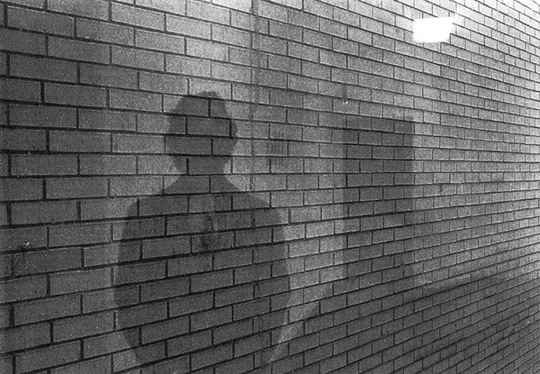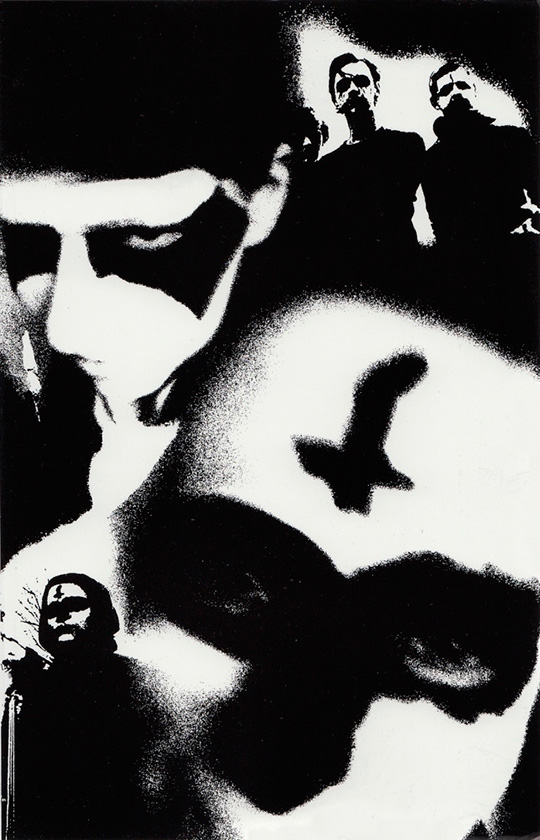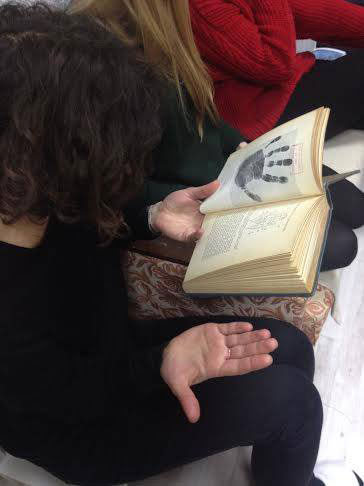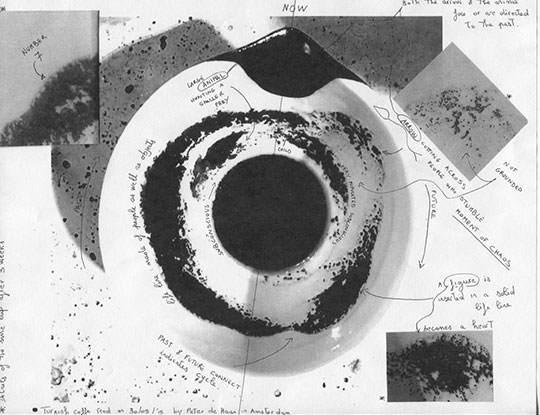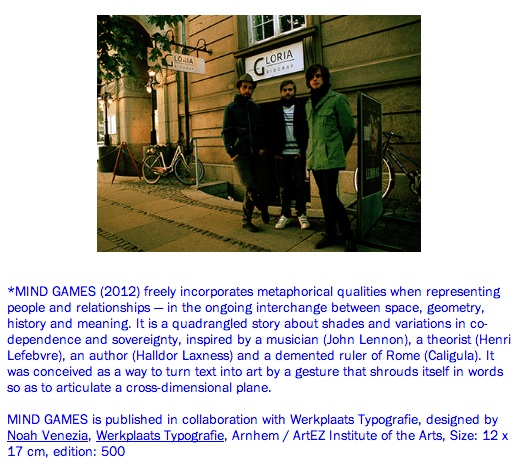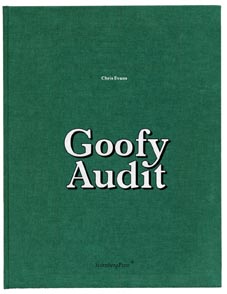In the 90s, ‘Customs’ was really on a crusade against LGBT bookstores. […] I did a drawing at that time for Kevin [Killian] and Dodie [Bellamy] of two women standing in front of a bookcase ‘Subversive Literature #4: Two Sixteen-Year-Old Girls Reading Books Seized at Canadian Customs, 1995’ that showed the spines of all the books that had been banned to date by Canada’s customs agency. I took it from a list that was made by (the anti-censorship) group called PEN international, who I unfortunately only discovered after my books had already been burned.
— GB Jones (In conversation with D St-Amour, Jun 29, 2022)
I think one of the reasons [that] G.B. Jones started J.D.s was to create a world that, sadly, didn’t exist.
— Johnny Noxzema
Kunstverein will begin the new year with the festive opening of the first European solo exhibition of punk polymath G.B. Jones (1965, Bowmanville, Canada). Please join us on January 20 between 5-8pm. Brace yourself… Here’s where we begin.
In 1994, Feature Inc., a gallery in New York run by the gallerist known simply as “Hudson,” released G.B. Jones. This monograph of G.B. Jones’ work was doing triple duty as the 7th issue of Farm (Hudson’s publication for Feature) and the 8th issue of The Gentlewomen of California (Steve Lafreniere, the resident designer and collaborator at Feature Inc, his own publishing project). The monograph presented an extensive reproduction of her well known series of drawings collectively referred to as “Tom Girls”: originally published in Jones’ and Bruce LaBruce’s infamous zine J.D.s, (1985–1991). In these graphite drawings, Jones replaced Tom of Finland’s iconic, “hyper-virile studs,” with equally horny, unrepentant leather dykes.Co-opting Finland’s objectified, male-on-male erotica, she presented a freeing world of sexually empowered female role models.

During that era (and more or less still to this day), under Tariff Code 9956 and Memorandum D9-1-1, Canadian customs officials held the power to exercise “prior restraint” of any book, magazine or picture they believed to be obscene. What constituted obscenity was ascertained through a quagmire of perplexing and recursive attributions that left Border Services agents primarily reliant on a system that was open to highly subjective interpretation—in short, Border Services agents were permitted to “use their own judgment”. As a result, anything attached to the LGBT community, regardless of their content, was targeted. So, when a short year later copies of G.B. Jones rocked up at a Canadian checkpoint, the artist received a notice from Canada’s Border Security Agency that the publication had been seized by customs officials and barred from entering the country. Finding herself already operating on a no-budget as filmmaker and with not a dime to spare, she was unable to secure legal counsel for the retrieval of the seized books, which consequently were burned by Customs agents. Despite tariff and language revisions, Canadian Border Services still retains many of the same rights as it did at the time, and Canada’s determination of “obscenity” remains just as ambiguous and subjective. The subjectivity of perversion doubled, the fantasy of power-play stripped to its very real reference point in this violent encounter with the state.
Drawing out the moment around the publication of G.B. Jones’ monograph and its censorship in the mid-1990s, this exhibition will be both an earnest, admiring fan letter to G.B. Jones’ practice, and an homage to the perfectly vixen, queer world that Jones and her network conjured into being, via film, sound and Xerox. Importantly, it will also mark the belated, though no less significant, republishing and European launch of the censored monograph G.B. Jones.
Within the framework of Jones’ exhibition, Kunstverein is happy to announce a series of events expanding on her practice. Jones is known for a variety of achievements, including the popularity of her post-punk band Fifth Column (1981-2002), the wide influence of the queer punk zines she co-authored, such as J.D.s, Double Bill, and Hide, the creation of the term “queercore,” and her prolific work as a “no-budget” filmmaker, scene photographer, and visual artist. As such, the public program will feature events that show the scope and influence of Jones’ varied practice both then and now.
Kunstverein would like to thank the artist, Cooper Cole as well as Kara Hamilton and Kari Cwynar of Kunstverein Toronto who, in collaboration with D St-Amour, initiated this important retrospective of Jones’ art practice and the reprint. An additional thank you to Olivier Goethals for working with us on the scenography. We would also like to thank our members and Amsterdam Fonds voor de Kunst for their continued support, as well as Stadsdeel Zuid for their project specific contribution to this exhibition.






